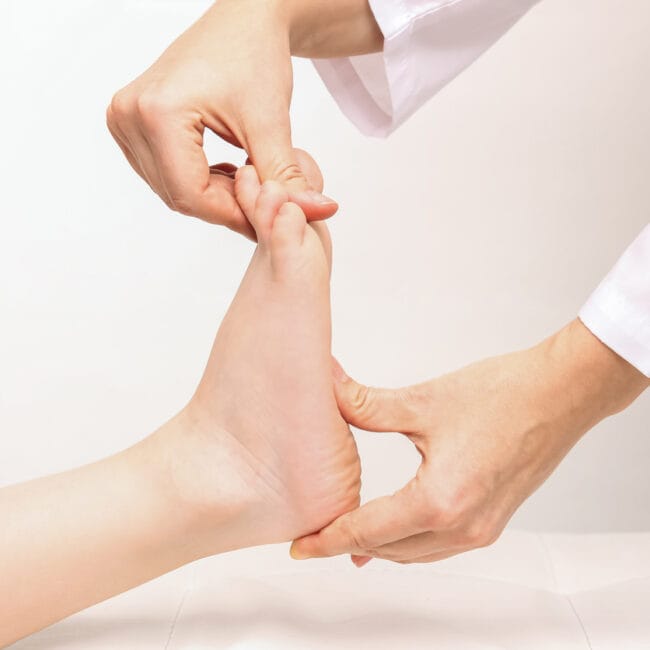Trigger points are areas of your body that are particularly sensitive to the touch, but when touched, can cause extreme pain in a different area of the body. This type of pain is called referred pain, and when trigger points are involved, it is myofascial pain syndrome.
What is Myofascial Pain Syndrome?
Myofascial pain syndrome is a chronic pain disorder characterised by such trigger points. Trigger points can affect almost any muscle on your body, and build up gradually over time. They can occur when a part of our muscle fibers, the sarcomeres, are extended and contracted too often. When one of these sarcomeres falls out of sync with the rest, it can become permanently contracted and develop a bubble in the middle. In essence this means that one single strand of the muscle is permanently flexed, regardless of what the fibers around it are doing. This can then have knock-on effects on the surrounding fibers, and a cluster of knots can develop. When pressed, this cluster can cause pain throughout the muscle.
What are the issues?
Fortunately, most of the issues around myofascial pain are concerned with the immediate pain and stiffness involved. Achy muscles, musculo-skeletal pain, and tenderness are the main problems, and these can be approached with some pretty straightforward professional & DIY techniques. While trigger points can cause people to become uncomfortable and less active, there are usually no underlying causes that should worry you.
What can be done?
Acupressure, acupuncture, dry needling, and massaging are some of the more common ways people deal with trigger points. This is hardly surprising, as these techniques are used for a whole host of similar muscle problems, and there are many reasons we believe they work.
Firstly, the primary problem we have is that sarcomeres have become too short, so something like a massage can help stretch them back to normal on a purely physical level. However, doing so also interrupts our bodies’ pain feedback pathways, making your brain receive fewer signals. You are also interrupting the patterns of movement they are in, which could help the muscle re-synchronise. Things like massages or acupuncture can also help stimulate the flow of blood and lymph, which will clean up the affected area, as well as attract pain-relieving endorphins.
Massaging a trigger point at home can be a surprisingly effective way of reducing pain in the affected area. It will be particularly sensitive at the beginning, but if you have discovered a trigger point, working through that pain is essential. If the pain is unbearable or persistent, visiting a physiotherapist could help you ease into it, though you will still likely have to perform some sort of massaging at home as well.














